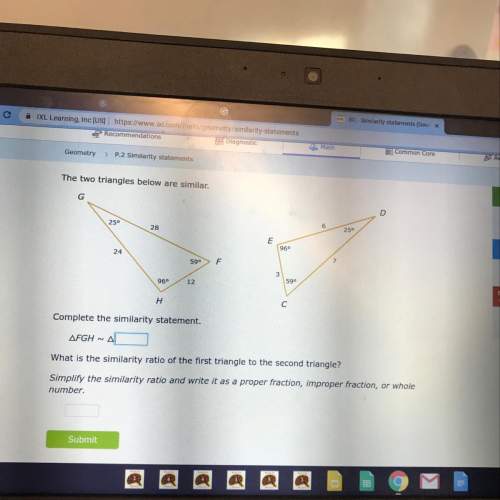
Mathematics, 02.11.2020 18:10 bjpvrpow74wq
Can someone please help me to understand this?
A simple random sample of 1200 adult Americans is selected, and each person is asked the following question. "In light of the huge national deficit, should the government at this time spend additional money to establish a national system of health insurance?" Only 39% of those responding answered "yes."
This survey
A) is reasonably accurate since it used a large, simple random sample.
B) probably overstates the percentage of people that favor a system of national health
insurance.
C) probably understates the percentage of people that favor a system of national health
insurance.
D) is very inaccurate, but neither understates nor overstates the percentage of people
that favor a system of national health insurance. Since simple random sampling
was used, it is unbiased.
I know the answer is "C" but I genuinely don't understand why it is. If someone could explain it'd be much appreciated, thanks.

Answers: 3
Another question on Mathematics

Mathematics, 20.06.2019 18:04
For an experiment, a penny is tossed. at the same time, a spinner with 8 congruent sections numbered 1–8 is spun. how many possible outcomes are there for the experiment?
Answers: 1

Mathematics, 21.06.2019 15:50
Assemble the proof by dragging tiles to the statements and reasons column
Answers: 2

Mathematics, 21.06.2019 16:00
An appliance store sells a washer-dryer combination for $1800. if the washer costs $300 more than the dryer, find the cost for each appliance.
Answers: 3

Mathematics, 21.06.2019 18:40
Airplane speeds are measured in three different ways: (1) indicated speed, (2) true speed, and (3) ground speed. the indicated airspeed is the airspeed given by an instrument called an airspeed indicator. a plane’s indicated airspeed is different from its true airspeed because the indicator is affected by temperature changes and different altitudes of air pressure. the true airspeed is the speed of the airplane relative to the wind. ground speed is the speed of the airplane relative to the ground. for example, a plane flying at a true airspeed of 150 knots into a headwind of 25 knots will have a ground speed of 125 knots. the problems below refer to static and dynamic pressure. static pressure is used when a body is in motion or at rest at a constant speed and direction. dynamic pressure is used when a body in motion changes speed or direction or both. a gauge compares these pressures, giving pilots an indicated airspeed. in problem #s 1 and 2, use the following information. the indicated airspeed s (in knots) of an airplane is given by an airspeed indicator that measures the difference p (in inches of mercury) between the static and dynamic pressures. the relationship between s and p can be modeled by s=136.4p√+4.5. 1. find the differential pressure when the indicated airspeed is 157 knots. 2. find the change in the differential pressure of an airplane that was traveling at 218 knots and slowed down to195 knots. in problem #s 3 and 4, use the following information. the true airspeed t (in knots) of an airplane can be modeled by t=(1+a50,000) ⋅ s, where a is the altitude (in feet) and s is the indicated airspeed (in knots). 3. write the equation for true airspeed t in terms of altitude and differential pressure p. 4. a plane is flying with a true airspeed of 280 knots at an altitude of 20,000 feet. estimate the differential pressure. explain why you think your estimate is correct.
Answers: 2
You know the right answer?
Can someone please help me to understand this?
A simple random sample of 1200 adult Americans is se...
Questions






Computers and Technology, 29.01.2020 00:48





Mathematics, 29.01.2020 00:49




Biology, 29.01.2020 00:49




History, 29.01.2020 00:49





